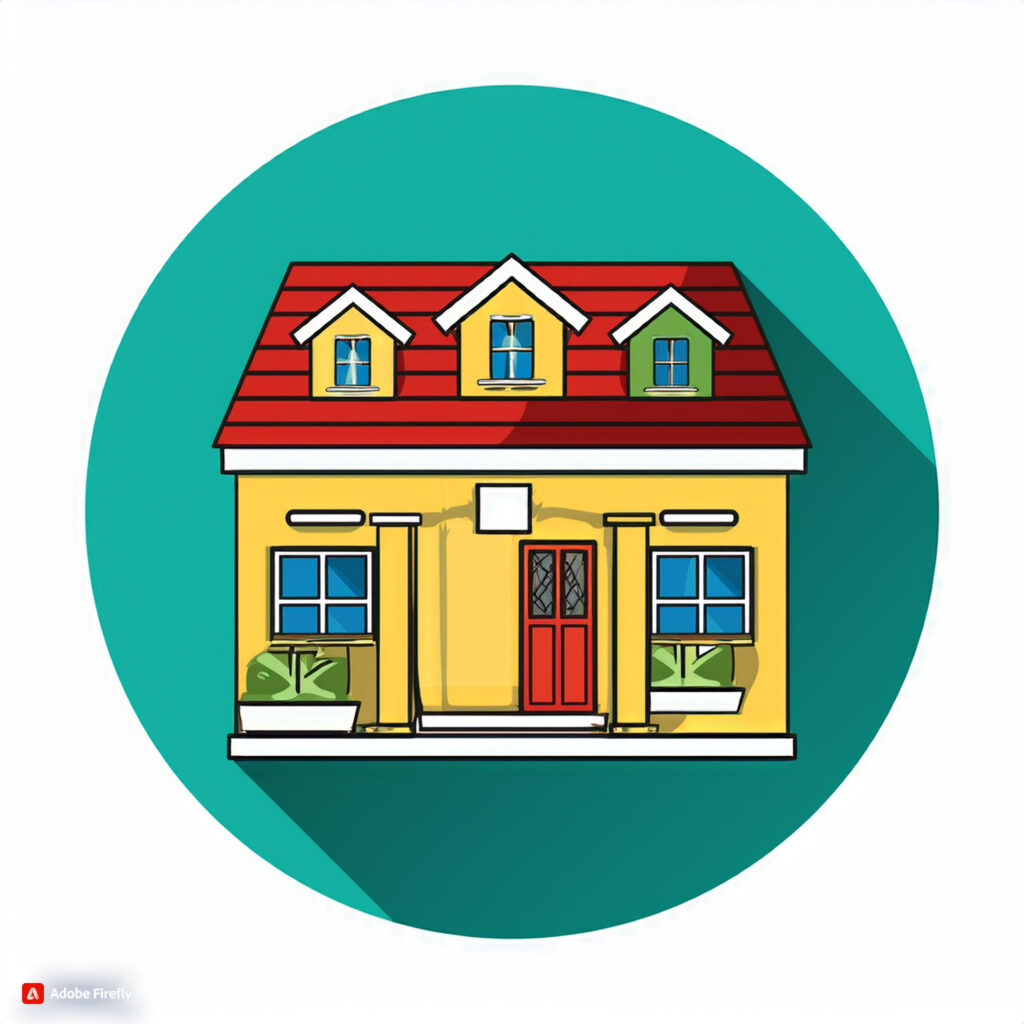Color is a powerful tool in interior design. It can influence mood, create ambiance, and transform the overall feel of your home. If you’re looking to refresh your living space, updating your color scheme is an effective and relatively simple way to achieve a dramatic change. In this comprehensive guide, we’ll explore the benefits of updating your color scheme, offer tips for choosing the right colors, and provide practical advice for implementing your new palette.
Why Updating Your Color Scheme Matters

The Psychological Impact of Color
Colors can have a significant effect on our emotions and behaviors. Understanding the psychological impact of different colors can help you create the desired atmosphere in your home:
- Blues: Often associated with calmness and tranquility, blues can create a serene environment perfect for bedrooms or relaxation areas.
- Yellows: Known for their cheerful and energizing effects, yellows can brighten up spaces like kitchens and dining areas.
- Greens: Representing nature and growth, greens can offer a refreshing and balanced feel, suitable for living rooms or study areas.
- Neutrals: Colors like beige, gray, and white provide a versatile backdrop that can make spaces feel larger and more cohesive.
Enhancing Your Home’s Aesthetics
A well-chosen color scheme can enhance the overall aesthetics of your home. By updating your colors, you can:
- Modernize Your Space: Fresh colors can update outdated rooms and align with current design trends.
- Create Visual Flow: A cohesive color palette can unify different rooms and create a sense of continuity.
- Highlight Features: Use color to draw attention to architectural details or focal points in a room.
Step 1: Assess Your Current Color Scheme
Evaluate Your Existing Palette
Before making changes, take stock of your current color scheme. Identify what you like and dislike about it:
- Room-by-Room Assessment: Look at each room individually to determine how the current colors affect the space.
- Consider Lighting: Natural and artificial lighting can influence how colors appear. Take note of how lighting impacts the look of your colors throughout the day.
Determine Your Goals
Decide what you want to achieve with your new color scheme:
- Change Mood or Atmosphere: Do you want to create a more relaxing environment or add energy to a room?
- Update Aesthetic: Are you aiming for a modern look or a classic feel?
- Improve Flow: Are you looking to create a seamless transition between different areas of your home?
Step 2: Choose Your Color Palette

Understanding Color Theory
Color theory is the foundation of creating a harmonious color scheme. Familiarize yourself with basic concepts:
- Primary Colors: Red, blue, and yellow—used as the basis for creating other colors.
- Secondary Colors: Orange, green, and purple—formed by mixing primary colors.
- Tertiary Colors: Created by mixing primary and secondary colors, such as red-orange or blue-green.
Selecting a Color Scheme
Consider the following popular color schemes to guide your selection:
- Monochromatic: Uses variations of a single color, creating a cohesive and calming look.
- Analogous: Combines colors that are next to each other on the color wheel, offering a harmonious and visually pleasing effect.
- Complementary: Pairs colors opposite each other on the color wheel for a vibrant and dynamic contrast.
- Triadic: Utilizes three colors evenly spaced on the color wheel, creating a balanced yet colorful palette.
Tools and Resources
Use tools and resources to help visualize your new color scheme:
- Color Wheel: A basic tool for understanding color relationships and creating balanced palettes.
- Online Color Tools: Websites like Coolors or Adobe Color can generate color palettes and help you experiment with different combinations.
- Paint Samples: Test paint samples on your walls to see how colors look in your space and lighting.
Step 3: Apply Your New Color Scheme
Room-by-Room Application
Implement your color scheme in different areas of your home:
- Living Room: Choose colors that set the tone for relaxation or socializing. Consider using accent colors to highlight features like a fireplace or artwork.
- Bedroom: Opt for soothing colors that promote restful sleep. Soft blues, greens, and neutrals are popular choices.
- Kitchen and Dining Areas: Use colors that stimulate appetite and conversation. Bright yellows, warm oranges, and fresh greens work well.
- Bathrooms: Create a spa-like atmosphere with calming colors such as soft blues, greens, or grays.
Techniques for Application
Use various techniques to apply your color scheme effectively:
- Accent Walls: Paint one wall in a room a different color to add interest without overwhelming the space.
- Color Blocking: Use contrasting colors in specific areas or furniture to create visual interest and define different zones.
- Trim and Molding: Paint trim, moldings, or ceilings in complementary colors to enhance architectural details and add depth.
Step 4: Incorporate Color into Decor and Accessories
Complementing Your Walls
Extend your color scheme beyond the walls by incorporating it into other elements of your decor:
- Furniture: Choose furniture pieces that complement your new color palette. Consider both upholstery and finishes.
- Textiles: Use throw pillows, rugs, and curtains to introduce color and texture into your rooms.
- Artwork and Decor: Select artwork and decorative items that tie into your color scheme and enhance the overall design.
Adding Color to Smaller Spaces
Even small spaces can benefit from a fresh color scheme:
- Entryways: Use bold or welcoming colors to make a positive first impression.
- Hallways: Brighten up hallways with lighter colors or add interest with accent walls.
- Storage Solutions: Incorporate color into storage solutions like baskets or shelves for added cohesion.
Step 5: Maintain and Evolve Your Color Scheme

Regular Updates
Keep your home’s color scheme fresh by making periodic updates:
- Seasonal Changes: Refresh colors with seasonal decor or accent pieces to keep your space lively throughout the year.
- Trends and Personal Preferences: Stay updated with color trends and adapt your palette to reflect changes in your personal style.
Avoiding Common Mistakes
Be mindful of common mistakes to ensure a successful color update:
- Overmatching: Avoid using too many matching colors. Instead, aim for balance and variety.
- Neglecting Lighting: Remember that colors can look different under various lighting conditions. Test samples before committing.
- Ignoring Flow: Ensure that your color scheme creates a cohesive flow between rooms.
Conclusion
Updating your color scheme is an impactful way to transform your home. By understanding the psychological effects of color, choosing the right palette, and applying it thoughtfully, you can create a space that reflects your personal style and enhances your living experience.
Embrace the process of color transformation and enjoy the revitalizing effect it can have on your home. Start today by evaluating your current palette and experimenting with new colors to achieve a fresh and inviting atmosphere.


2 thoughts on “Expert Tips to Update Your Home Color Scheme”